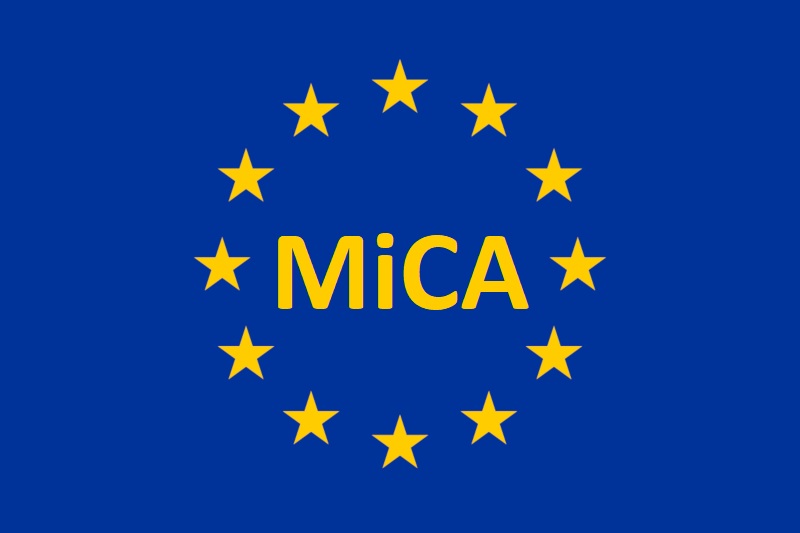EU agrees on crypto-assets

The members of the European Union have finally agreed to present a clear regulatory framework for crypto-assets, crypto-asset issuers and crypto-asset service providers. Two agreements have been reached, called MiCA (Market in Crypto-Assets) and TFR (Transfer of Funds Regulation) respectively. They remain provisional but lay the expected foundations for the European positioning in this market.
FACTS
-
The future European regulation on the issue of crypto-assets was highly anticipated. It has therefore resulted in two agreements reached between the Presidency of the European Council and the Parliament, which will still have to undergo a classic formal adoption procedure.
-
The two agreements reached on 29 and 30 June concern
-
the TFR (Transfer of Funds Regulation), dedicated to the fight against money laundering and terrorist financing. They should guarantee the financial transparency of crypto-asset exchanges,
-
MiCA (Market in Crypto-Assets), a proposed coverage for issuers of un-backed crypto-assets and stablecoins, as well as trading platforms and crypto-asset wallets.
-
The EU also plans to limit the development of stablecoins based on European or non-European currency, in order to preserve the region's monetary sovereignty. These stablecoins will also be supervised by the European Banking Authority.
CHALLENGES
-
Ensuring consumer protection: The MiCA regulation is presented as a new tool to protect consumers against the risks of investing in crypto-assets. It should help them avoid fraudulent systems and the pitfalls of this market, which is still under construction, particularly in terms of financial instability.
-
Supervising the sector's players: The aim of the TFR regulations is also to impose on crypto asset service providers "the obligation to collect and make accessible certain data on the originator and beneficiary of the crypto asset transfers they process". An obligation already in place for wire transfers and is simply being extended to this new payment and funds exchange environment to enforce EU standards across all markets. Crypto asset service providers will also need an authorisation to operate within the EU.
-
Harmonising the market: Some Member States already had their own legislation regarding crypto-assets, so it became particularly urgent to propose a specific EU regime to safeguard harmony.
MARKET PERSPECTIVE
-
These burdensome requirements, which only apply to European issuers - so a US issuer could perfectly well issue a euro stablecoin without having to comply with MiCA - may limit the issuance of stablecoins in Europe.
-
The issue has become even more pressing since the announcement of the launch of the first Euro-backed stablecoin by the US FinTech Circle. The company plans to issue this new digital currency from the United States, bypassing the European authorities.
-
In addition to the MiCA regulation, the package contains a digital finance strategy, a regulation on the digital operational resilience of the financial sector (DORA) - which will also cover crypto-asset service providers - and a proposal for a pilot regime, a regime for exceptions to certain financial regulatory requirements for the trading and settlement of transactions in security tokens.
-
